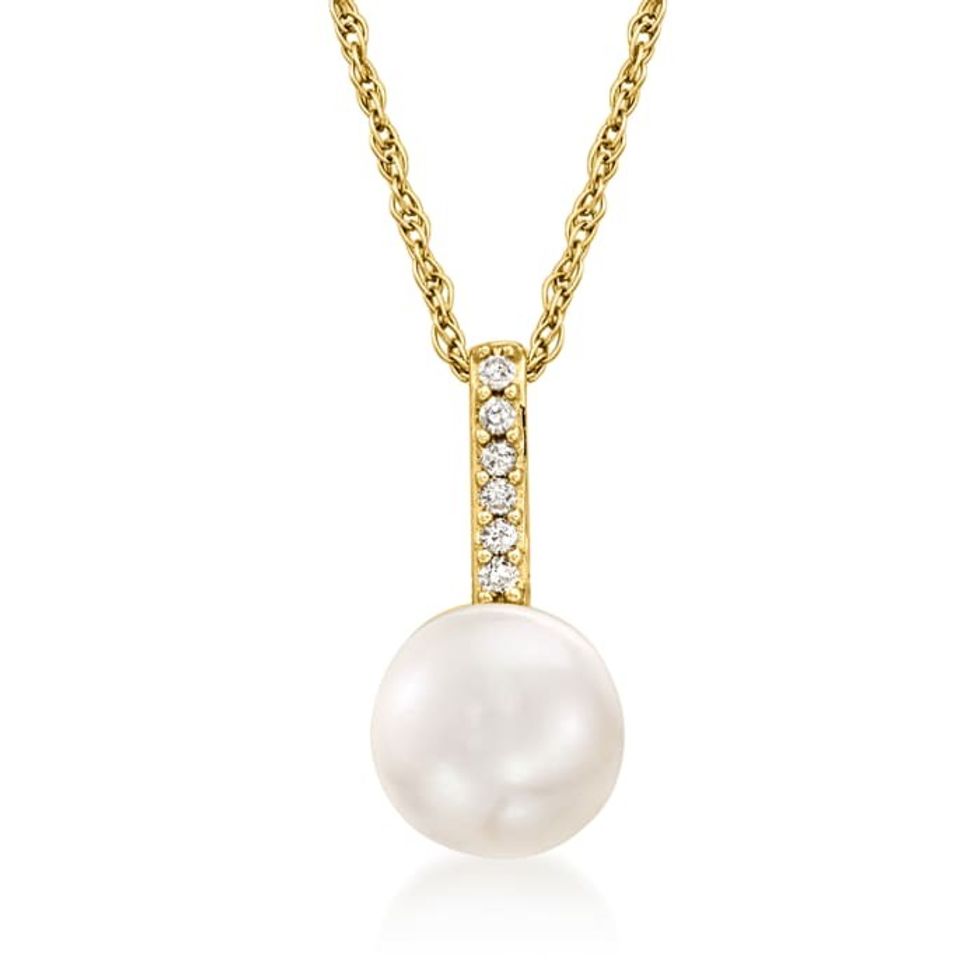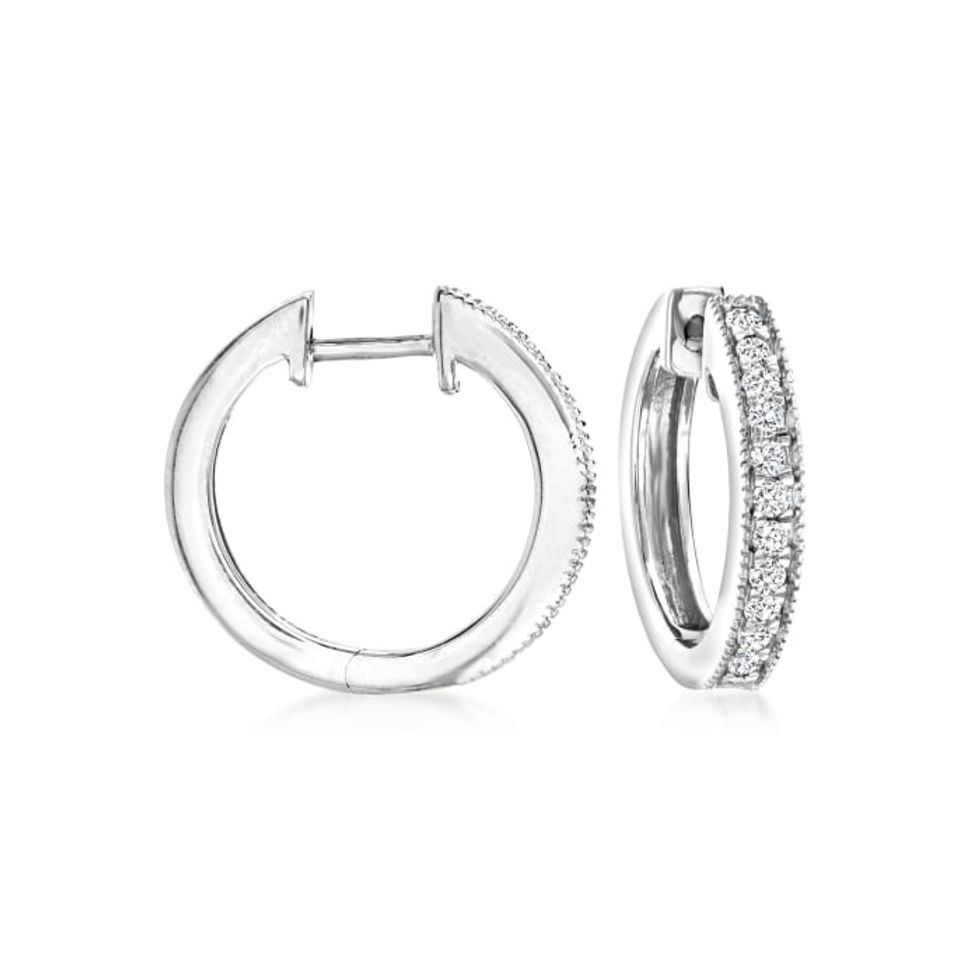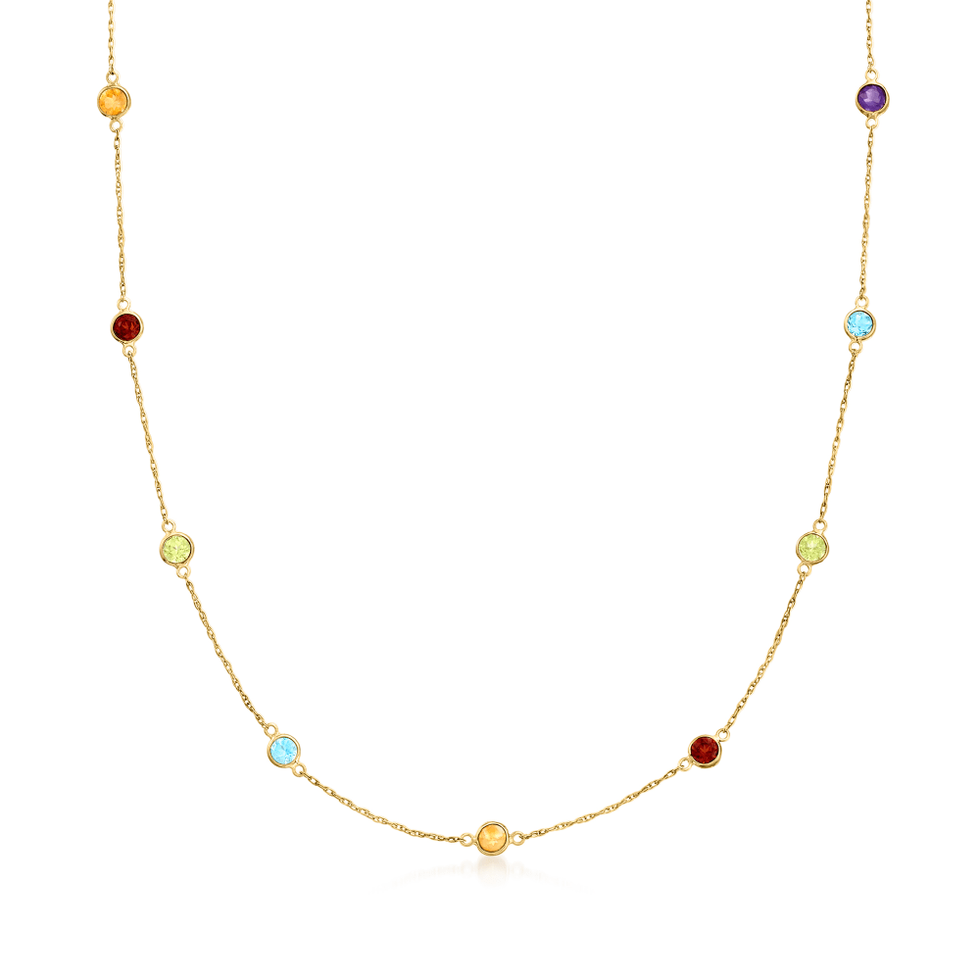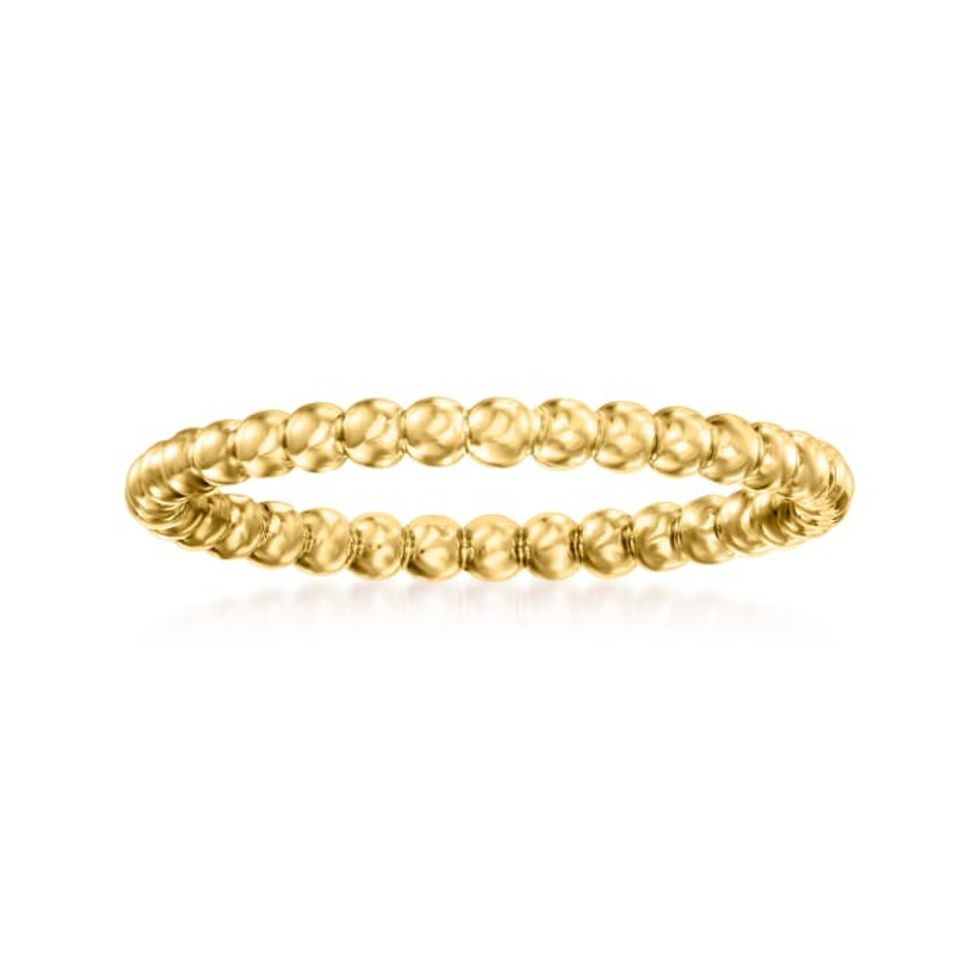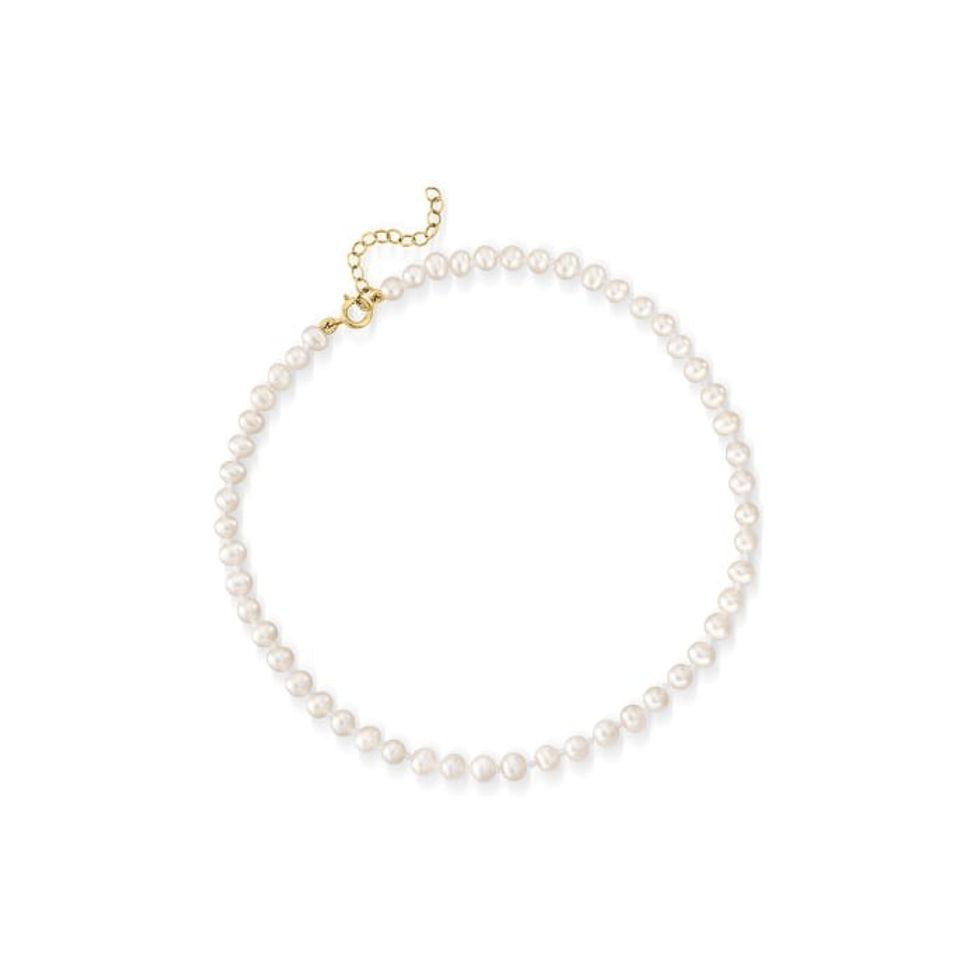Ones to Watch: Culinary Artist Imān Benét Lewis
“My experience is never black or white, this or that. It's very much this and that.” In collaboration with RS Pure.
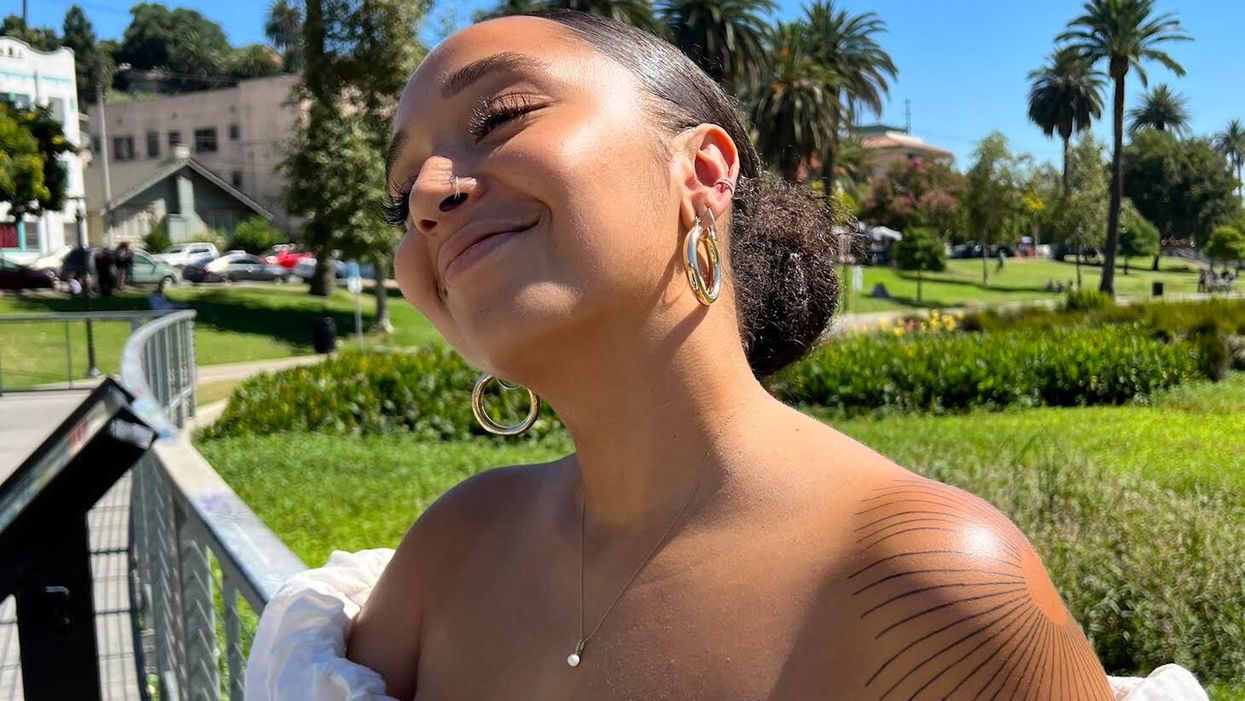
Culinary artist, author of Alive Again; The Gift of Eating Well, and cofounder of Ritual Dinners Imān Benét Lewis only eats and works with foods that are “alive.” To clarify, she means things like fruits, vegetables, nuts, and seeds—things that come from the earth. “When I stopped eating what I call dead foods, which are foods that lack life force energy, things that come in a box or have to be killed first before they make it to my plate… I started to feel more alive myself.” This lifestyle shift not only saved her life, but it gave her a career worth investing her time and passion. “Hummus and carrots wasn't going to cut it,” she laughs. The burgeoning culinary enthusiast began experimenting with new recipes and techniques, embracing the historical cuisines of those around her. “I started posting my recipes online and trying new flavors, and at some point, it just became my art.”
Now, she calls her style of cooking highly intuitive. Each bite should take you on a journey. “It might start off sweet, but it'll end sour, or it might start off sour and it ends sweet or spicy, but it mellows out into a slow burn.” It’s this and that rather than this or that. Her approach to self-adornment fits the same mold, or rather the lack thereof. In the realm of jewelry, Benét Lewis mixes metals, stones, and styles to create a mixture that feels like an authentic representation of herself. Ahead, she tells us the story of building her career, the values that have taken shape within it, and how her sense of style spans from the kitchen to her closet.
Were you always interested in food, and what was it about it that first drew you in?
“How much time do you have? Both my mom and my grandmother are incredible cooks. So the kitchen was always a very inviting place when I grew up. However, the food that we were eating was a lot of soul food and foods that weren't necessarily, let's say, the healthiest. And they definitely weren't contributing to a general sense of life force energy within each of us. There came a point in my early adolescence when I was around 16, where I was incredibly depressed and anxious, for many reasons, but partly because of the food that we were eating. I didn't recognize that there was a direct relationship between what I was eating and how I was feeling.
“At a particularly low point, I decided to change my life. I said, ‘Okay, I don't want to feel half dead anymore. I want my life to be as full as possible. And so, if I'm going to change everything, where do you begin?’ And I figured, what's a better place than starting with the food that you eat? When I started changing what I ate, I started changing my life. When I started eating foods that were inherently alive, like fruits and nuts and plants and things that come from the earth, from the ground—nutrient-dense, plant-based foods—I started to feel more alive myself. That changed everything.”
Can you explain what you mean by the title culinary artist?
“I went on this journey with food because I was trying to heal myself. Then, I also wanted to make it cool and fun. That became the sustainable thing for me. Then, the moment I dropped a cookbook and told that story, I suddenly became a person who does food on the Internet. People started calling me a chef, and it was like, ‘Okay, I mean, I guess, but I'm many other things too.’ I ran with that for a bit, but it's always been kind of lacking. The more people that I met within the food industry, the more I recognized that there was so much nuance in this world. The deeper I dive into it, the more beautiful and elaborate I realize it is.
“I met a couple of people who just breathed life into my own particular approach to food. They taught me that it's more than just working in a restaurant. I also didn't go to culinary school or anything. For me, it's about making art. I had a couple of really dear friends who were like, ‘You're a culinary artist, call yourself that.’ For me, it's as much about the beauty and the creative approach as it is about the food. At the end of the day, I call myself a storyteller. I think that's really what it is. I'm just using food as my particular medium in this season to tell stories about healing.”
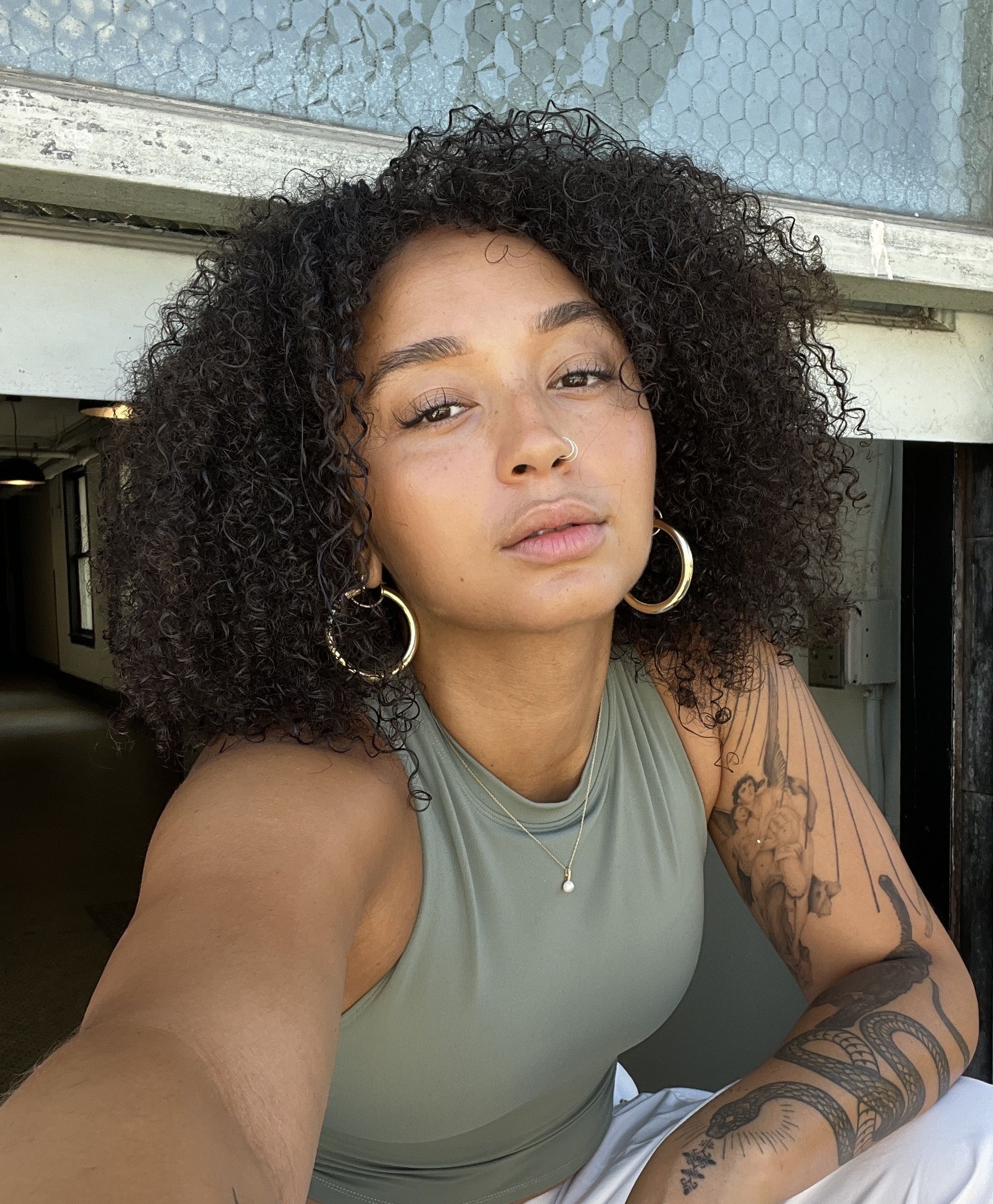
When it comes to a Ritual dinner party, how do you craft a cohesive menu that feels like your style?
“I love that consideration because there's so much love and intention that gets poured into a plate and what story we tell with that food at any given experience, dinner, class, or whatever. But I have to be fully transparent, it's not all me. I work with an incredible team of women, which wasn't necessarily intentional, but we just tend to flock together. I've built this really beautiful team of culinary artists and chefs—some formally trained—who've made this really beautiful collaborative experience. The way we get to the decision of what's going to be on the plate is getting really clear on our ‘why,’ what our intention is behind each dinner. ‘How do we want people to walk away feeling?’ is a big question we ask because it's really important that we serve food that makes people feel filled up with energy.
“We have this term in the Black community called the ‘Itis.’ When you eat too much, especially super heavy, dense soul foods, you have the ‘Itis.’ You're tired and almost sick because you've eaten so much. From a health standpoint, that's kind of antithetical to eating well and eating for your body. If you feel tired after what you eat, then you're not necessarily giving your body what it needs. You should feel fueled and lifted up and energized. So that's a big consideration. And then each theme of every dinner that we do is very specific. For the next one that we're doing, the theme is Revival. How do we bring people back to life and give them space to revive themselves through food, community, music, dance, and all the things? It's going to be this really beautiful experience, but it all comes down to how we want people to feel and how we create space for people to really be in their bodies.”
When you work with someone that's formally trained, what's that like? When you are working together, what can the two of you offer each other from your different paths of learning about food?
“Well, specifically, I work with my partner Rachel Bussey, who is formally trained. It's funny because I've worked with a lot of chefs who are formally trained and a lot of chefs who aren't. I consider my approach to cooking very intuitive, whereas for a formally trained chef, it's very regimented. It's very French—all the French standards of cooking. Mine is more indigenous, I like to say, and that was a very intentional decision, especially once I started diving into food more. I wanted my cooking to be reminiscent of my ancestors and the people that I come from, not necessarily the French standard of cooking that everyone is being trained in at the culinary institutes in the west. It's hard to explain because we have created space for us to be really creative in our own rights, no matter where we're coming from, no matter what backgrounds, and all of us bring a special taste to the experience that's different every time. It inspires different aspects of us to come out and contribute every time. It's this hodgepodge of wisdom from all angles.”
Obviously, this industry used to be so dictated by formal training. Do you think it's becoming more friendly to knowledge that comes from other places that's just as valuable as having an education from one of these particular schools?
“1000%. Well, to be clear, it was super dictated by these formal French male standards, and the industry is still heavily predominantly male, so this more intuitive approach, I feel is quite feminine. It's literally like we're creating space for us to be who we are, as we are, as women within the culinary industry, which is so beautiful to observe. There's a fullness that we're welcoming in that I haven't really seen existing in traditional culinary spaces. We’re creating our own path and opening the door for more women. Like I said, my whole team is women, and that's not necessarily super intentional, but women see other women working in food and they're like, ‘I want to do it in this way, too. I don't want to try and do it like these men are or try to enter their world and assimilate. I want to create my own world.’”
How would you describe your style of cooking? Are there any signatures, flavor profiles, or combinations that create a thread between your recipes and dishes, and make them feel like yours?
“I think in a couple of words, it would be alive, fresh, creative, and life-giving. My intention behind my food is to make it super interesting,nuanced, and hit a bunch of different centers of your palate at once, to take you on a journey with each bite. It might start off sweet, but it'll end sour, or it might start off sour and it ends sweet or spicy, but it mellows out into a slow burn. I really like each bite, meal, or plate to be quite nuanced and to be many things at once because that's my experience moving through the world. As somebody who's mixed too, I'm a both/and kind of person. My experience is never black or white, this or that. It's very much this and that.”
Now, how does that sense of style translate into other walks of life, whether that's how you get dressed, the way you decorate your apartment, or the things you collect? Would you say it's all from the same ethos, or does it shift based on the medium of expression?
“That's a really good question. I'm looking around my room now. Everything is quite nuanced in that way. I like a hodgepodge of multiple things, a collection of things. My personal style is very much a bold print and something else—like the opposite of that spectrum. That contrast is really important to me because I think there's a story in that. There's truth in that. There's wisdom in that. I think when we're at our best is when we're everything at once, all of who we are, and not trying to be one or the other.”
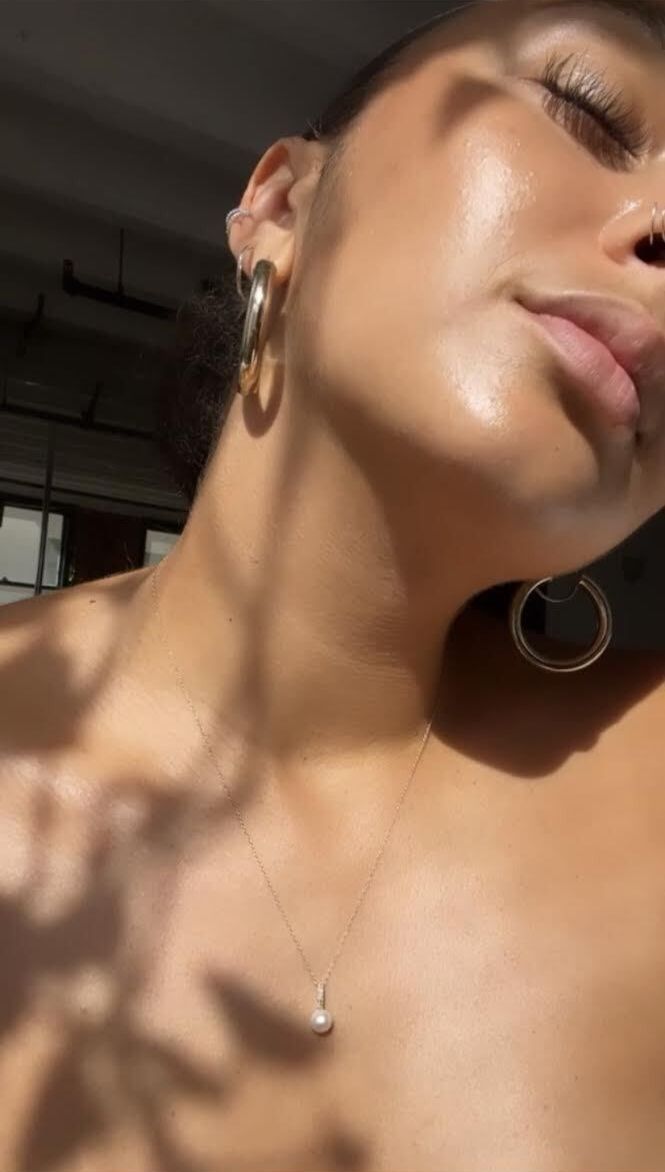
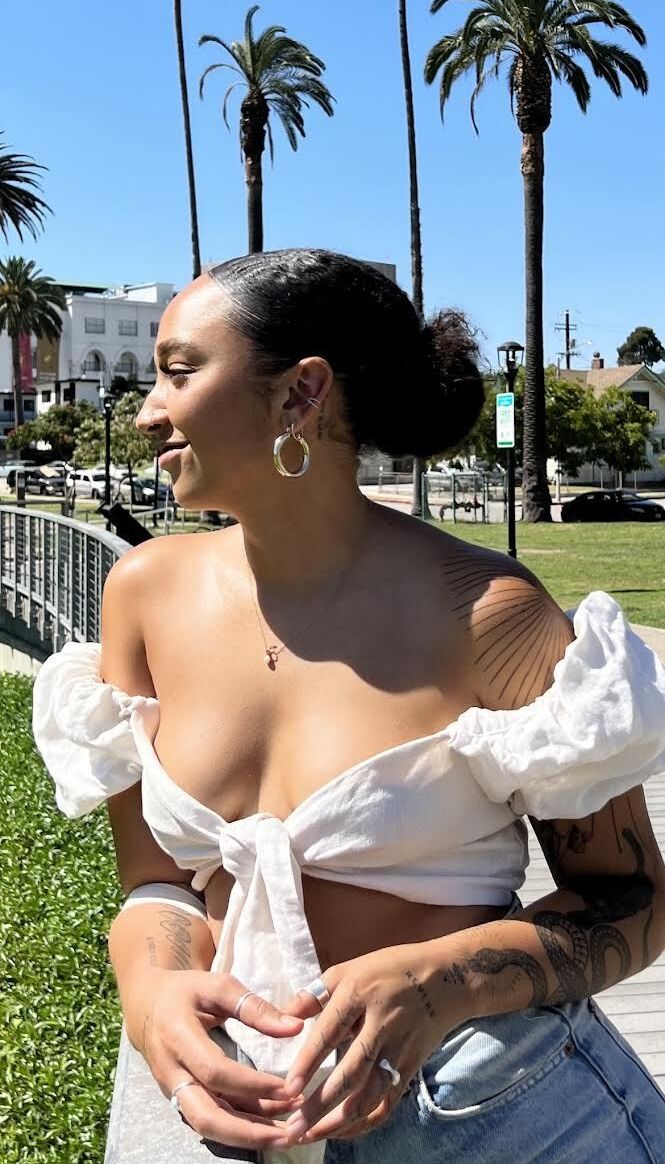
When it comes to adorning yourself in jewelry, how do you collect the jewelry that you wear, and what's your method of layering it?
“In terms of jewelry specifically, I love mixed metals. I love mixing different things. I love gold necklaces on the neck, and then silver rings. I love a classic gold hoop, but then I can add silver studs or smaller silver hoops. As for my process of collecting, I just find things all over. I want everything to be a discovery. I find a really cool vendor, or I go to a thrift store and I find a really cool ring, and then I just build this beautiful collection over time that feels authentic.”
Do you have favorite RS Pure pieces that feel like a good expression of your creative ethos?
“I'm obsessed with the ear cuffs right now. Ear cuffs make it easy to mix metals. There's a diamond cuff, and I can wear that with gold hoops, or I can wear it with silver hoops. It's quite versatile. I'm really obsessed with adorning that middle part of the ear that never really gets acknowledged—I can get creative with that. I'm also loving the opal pieces, like the opal earrings, the studs, and the necklace, too. I like that iridescence, both the opal and the pearl that RS Pure is playing with right now. It's really cool.”
Want more stories like this?
Currently Coveting: Miu Miu and Church’s Come Together for the Perfect Brogue
Currently Coveting: A 1920’s-Inspired Lace-Trimmed Dress by Bode
How to Embrace Tenniscore Without Looking Too, You Know, Tenniscore

